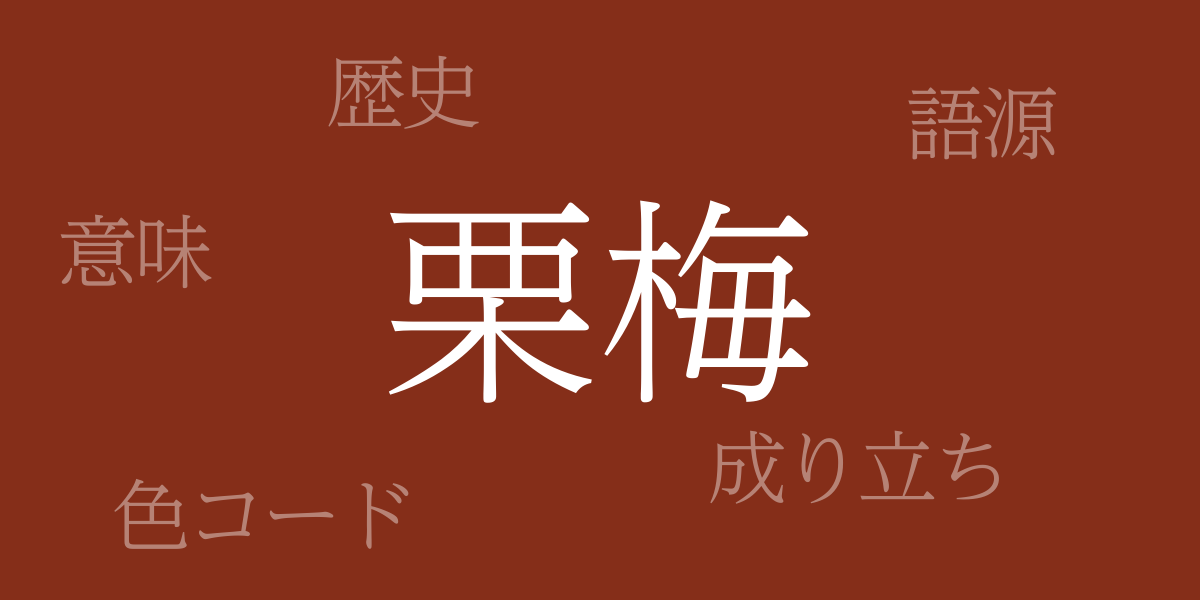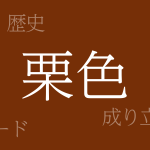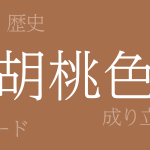Japan’s four seasons are renowned for their vivid colors, which have inspired a unique palette of traditional Japanese colors, admired worldwide. Among these, “Kuri Ume” (栗梅 – くりうめ), stands out as a color deeply rooted in Japan’s tradition and culture. This article delves into the allure of Kuri Ume, exploring its rich history, color code, and its Western name.
About Kuri Ume (栗梅 – くりうめ)
Kuri Ume (栗梅 – くりうめ) is a deep reddish-purple hue reminiscent of the mature chestnut and the vibrant red of plum blossoms. This color combines an understated elegance with a hint of flamboyance, making it popular in a wide range of applications from clothing and accessories to interiors, offering a modern yet traditional ambiance.
The History of Kuri Ume
The name Kuri Ume dates back to the Heian period when nobles cherished the seasonal changes, naming various natural colors. Kuri Ume was inspired by the chestnut and plum blossoms, a blend that has continued to be cherished through the ages, deeply intertwined with the Japanese aesthetic.
Color Code of Kuri Ume
Accurate color codes are essential for replicating Kuri Ume in digital design and print. Here are the specifications for Kuri Ume:
- HEX: #852E19
- RGB: R:133 G:46 B:25
- CMYK: C:49 M:91 Y:100 K:22
Western Name of Kuri Ume
In the West, Kuri Ume is sometimes referred to as “Cordovan,” named after the high-quality leather produced in Cordoba, Spain. This name reflects the rich, dark reddish-brown hue associated with luxury, much like Kuri Ume.
Summary on Kuri Ume
Kuri Ume, with its profound depth and serene richness, has captivated many for centuries. It holds a significant historical place, drawing inspiration from nature, and remains popular in contemporary fashion and design. By utilizing the color codes for Kuri Ume, its beauty can be faithfully reproduced in digital and print formats, and its international recognition as “Cordovan” enhances its global appeal. Kuri Ume continues to bridge traditional Japanese aesthetics with the modern world.

























